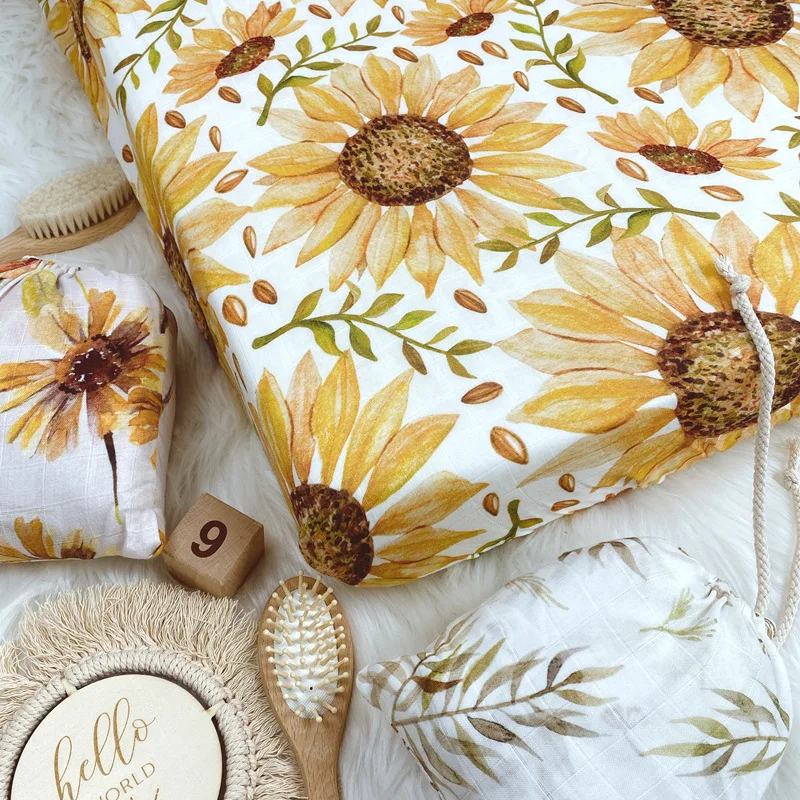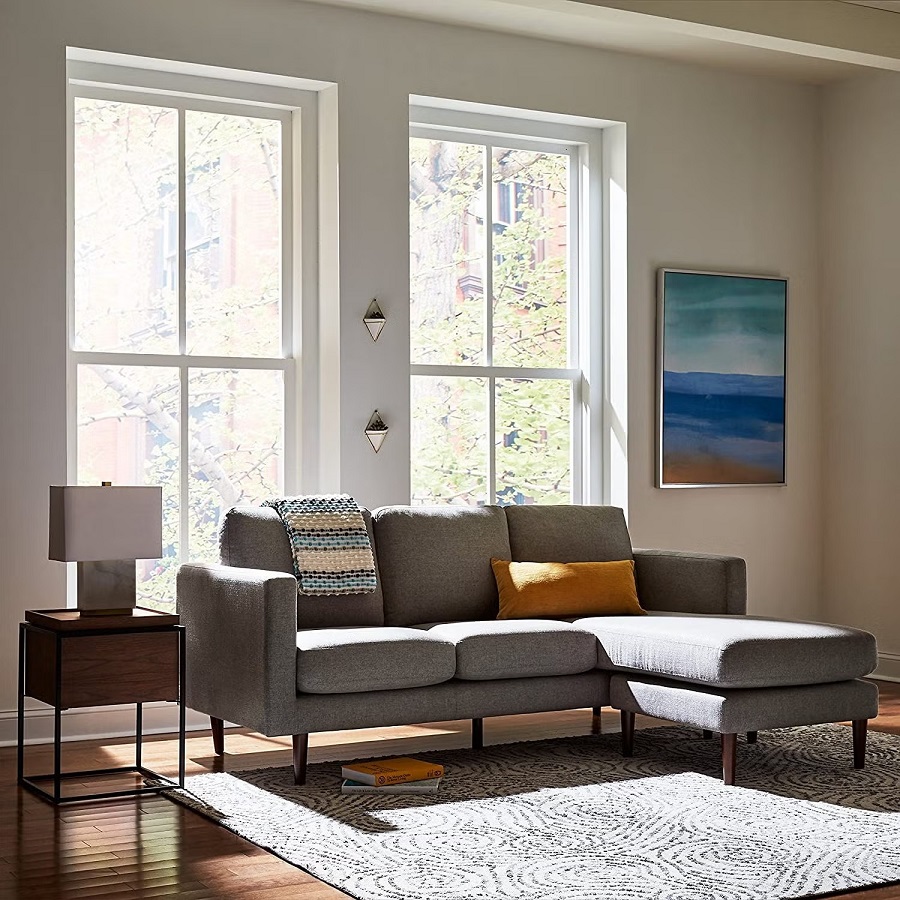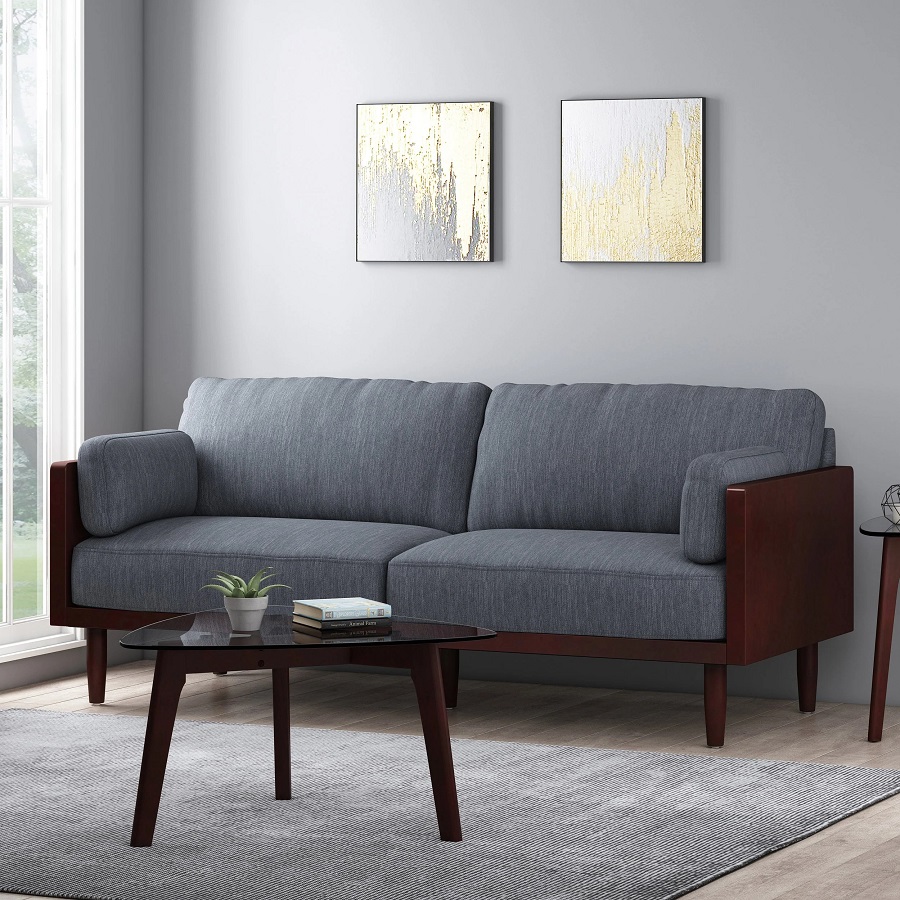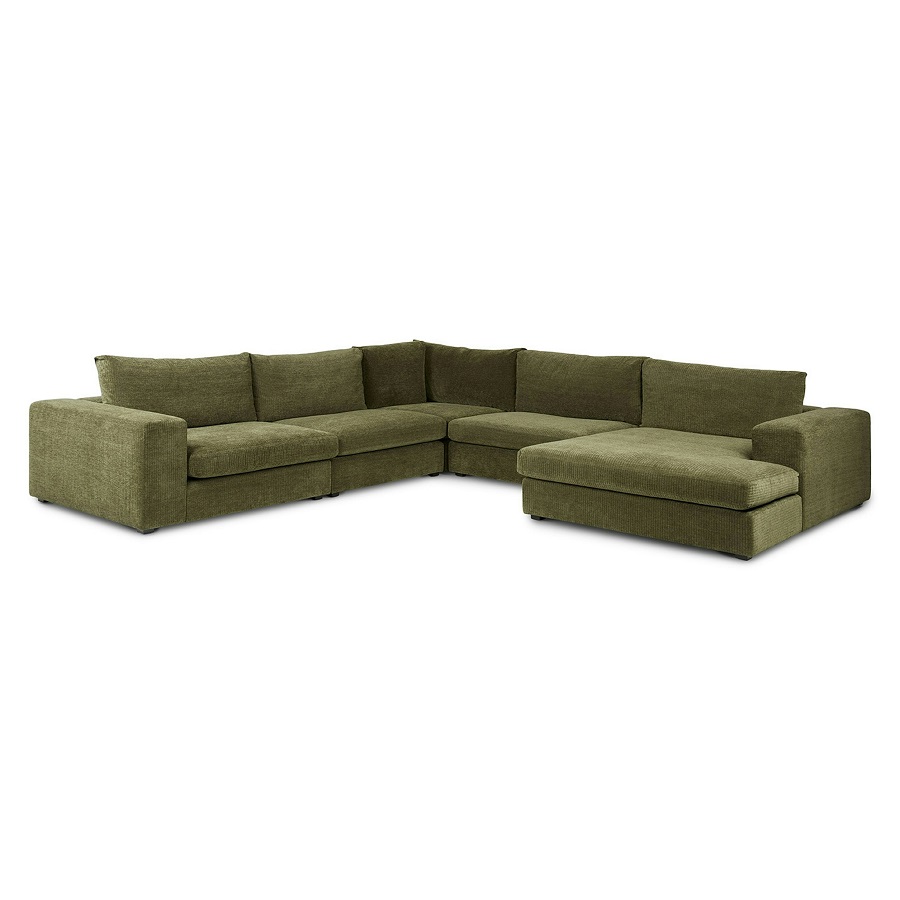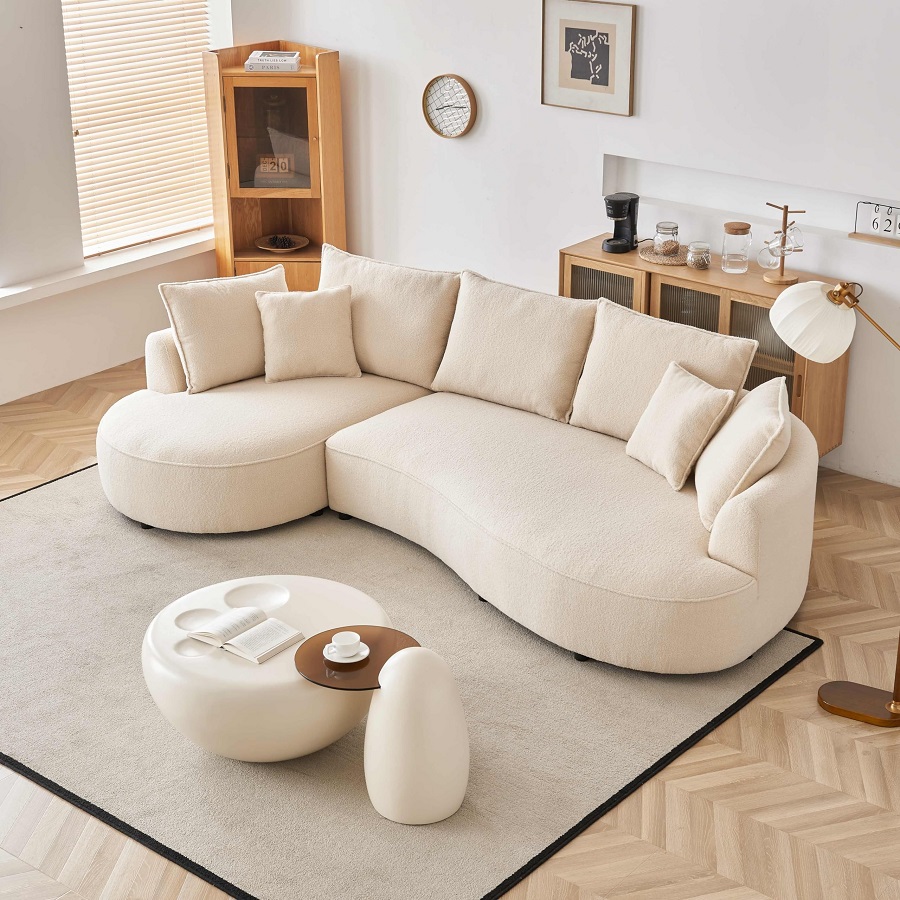Introduction: The Quest for a Perfect Fit
As parents embark on the journey of creating a nurturing haven for their little ones, one crucial decision lies at the heart of it all: selecting the right crib mattress. A well-fitted crib mattress not only ensures safety but also promotes healthy sleep habits in infants and toddlers. This comprehensive guide delves into the world of standard crib mattress sizes, debunking myths and offering practical insights to guarantee the sweetest of dreams for your bundle of joy.
The Golden Standard: Crib Mattress Dimensions
The Consumer Product Safety Commission (CPSC) sets stringent guidelines for crib and crib mattress dimensions to minimize safety hazards such as entrapment. According to these standards, a full-size crib mattress should measure precisely 27 ¼ inches wide by 51 ⅝ inches long, with a thickness not exceeding 6 inches. These dimensions are meticulously designed to snugly fit within standard cribs, preventing any gaps that could pose risks to infants.
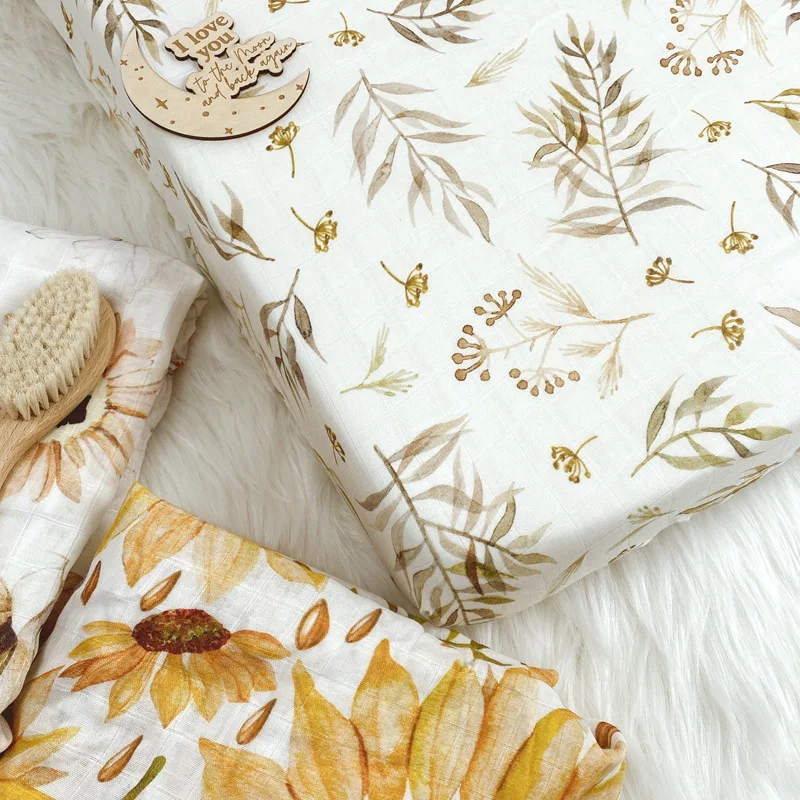
Importance of Precise Fit: A Matter of Safety
A mattress that fits too loosely or tightly can create dangerous situations. Gaps between the crib sides and the mattress can trap limbs, leading to injuries, while an overly tight fit might compromise the ease of lifting the mattress for changing sheets. Understanding and adhering to the standard size guidelines is, therefore, paramount to safeguard your child against suffocation, entrapment, and falls.
Variations Within the Standard: Thickness Matters
While width and length remain consistent across the board, the thickness of crib mattresses can vary within the allowed limit. Thinner mattresses (around 4 inches) are often more affordable and lightweight, making sheet changes a breeze. Conversely, thicker options (closer to 6 inches) provide enhanced support and comfort, especially for toddlers transitioning from the newborn phase. Parents must weigh the benefits of each thickness, considering factors like budget, baby’s age, and personal preferences.
Mini Cribs and Mattresses: Compact Comfort
For smaller nurseries or families on the move, mini cribs have gained popularity. These compact cribs typically require mattresses measuring approximately 24 inches wide by 38 inches long. While mini crib mattresses adhere to safety standards, their smaller size necessitates careful consideration when shopping for bedding and accessories. Understanding that mini crib mattresses do not universally fit standard cribs is crucial to avoid compromising safety.
Materials Matter: Choosing the Right Mattress Type
The quest for the perfect crib mattress extends beyond dimensions to the materials used. Common options include innerspring, foam, and organic varieties. Innerspring mattresses, with their coil systems, offer durability and support. Foam mattresses, on the other hand, are lightweight and hypoallergenic but vary in quality—look for high-density foam for longevity. Organic mattresses, made from natural materials like cotton or wool, cater to eco-conscious parents and babies with sensitive skin, albeit at a higher price point.
Certifications and Safety Labels: A Seal of Approval
Navigating through an array of crib mattresses can be overwhelming, but looking for specific certifications can simplify the process. CertiPUR-US® for foam mattresses and Global Organic Textile Standard (GOTS) or Global Organic Latex Standard (GOLS) for organic options assure no harmful chemicals are present. Furthermore, checking for GREENGUARD Gold certification guarantees low chemical emissions, promoting a healthier sleep environment.
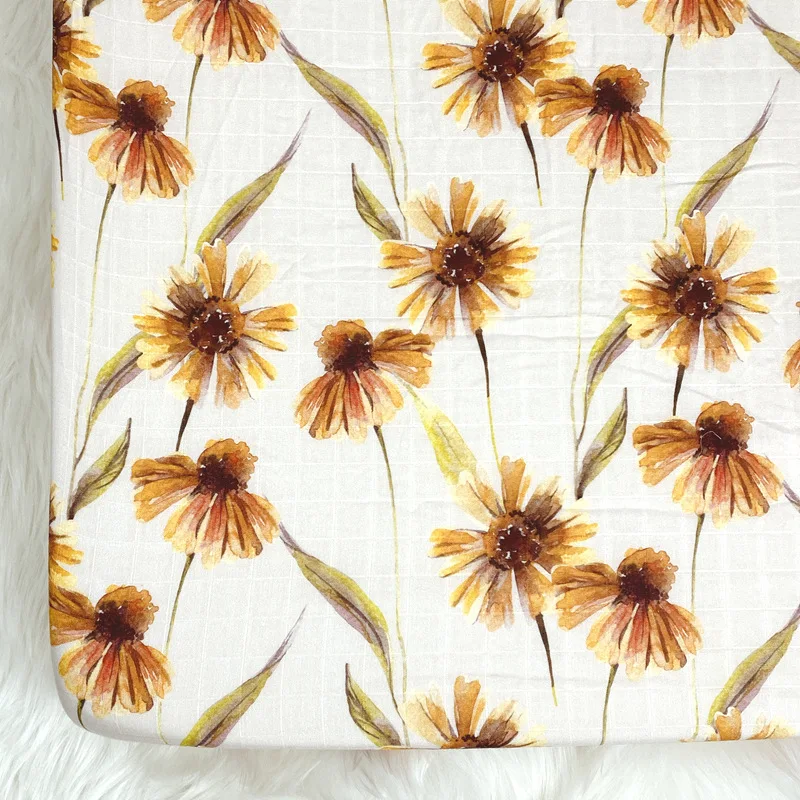
Ventilation and Breathability: Key for Safe Sleep
Mattress breathability plays a pivotal role in regulating temperature and preventing the accumulation of moisture, which can lead to mold and bacteria growth. Look for crib mattresses with ventilation holes or breathable covers to promote airflow. This feature is particularly important for reducing the risk of sudden infant death syndrome (SIDS) and ensuring a comfortable microclimate for your child.
Maintenance and Durability: Longevity Matters
Investing in a durable crib mattress that withstands the test of time and frequent cleaning is wise. Opt for mattresses with easy-to-clean surfaces, ideally water-resistant or removable/washable covers. Durability is also linked to the warranty period offered by manufacturers; longer warranties generally indicate confidence in product quality.
Transitioning Up: Knowing When and How to Upgrade to a Toddler Bed Mattress
As your child grows and evolves, so should their sleeping arrangements. Recognizing the signs and timing for transitioning from a crib to a toddler bed is as vital as understanding the nuances of crib mattress selection. This section explores the cues to look out for and how to seamlessly make the switch to a toddler bed mattress.
Signs It’s Time for a Change
The transition usually occurs between the ages of 18 months and 3 years, triggered by several developmental milestones. If your child starts attempting to climb out of the crib, reaches a height where they can easily scale the crib sides, or if the crib feels cramped during naptime, it’s a clear indication that a bigger bed is needed. Emotional readiness, such as expressing a desire for a ‘big kid’ bed or showing increased independence, should also be considered.
Understanding Twin Mattress Standards
The most common choice for a toddler bed is a twin-size mattress, measuring 38 inches wide by 75 inches long. This upgrade provides ample space for growing children, allowing them room to stretch and roll without restrictions. Like crib mattresses, twin mattresses come in various types—standard, XL (extra-long), and even smaller ‘toddler’ versions closer to crib size but slightly larger. Choosing the right twin mattress involves assessing your child’s needs, bedroom space, and future-proofing for growth spurts.
Transition Tips: Making It a Smooth Process
To ensure a positive transition, involve your child in the process. Let them pick out bedding or a special pillow to foster excitement about their new bed. Maintaining a consistent bedtime routine helps maintain familiarity amidst the change. Placing the new bed in the same spot as the crib can also provide a sense of continuity. Lastly, consider using bed rails as a safety measure to prevent accidental falls during the adjustment period.
Safety and Support Continue to be Paramount
Just as with crib mattresses, safety considerations apply to toddler beds. Ensure the mattress fits snugly against the bed frame, leaving no gaps. Use non-toxic, flame-retardant-free materials, and prioritize certifications such as Greenguard Gold for low chemical emissions. Also, consider a mattress with good edge support to prevent rolling off, especially if your toddler tends to move around a lot during sleep.
Encouraging Independence and Responsibility
Moving to a big-kid bed is a significant milestone in fostering independence. Encourage your child to participate in making their bed and choosing bedtime stories, instilling a sense of responsibility and ownership over their new space. This transition can also be an opportune moment to introduce sleep training techniques that encourage self-soothing and independent sleep habits.
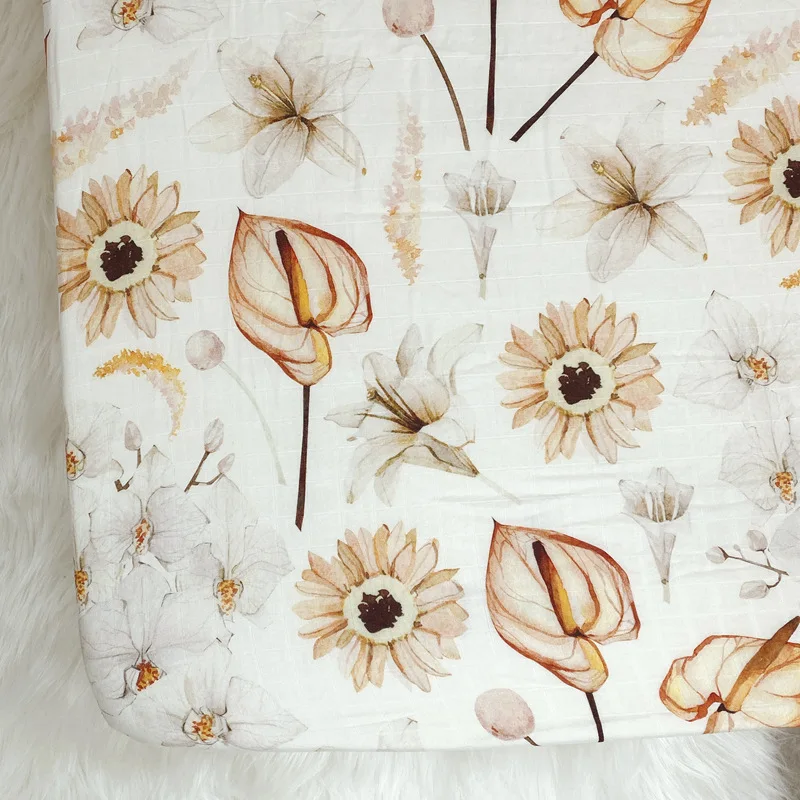
Choosing the Right Mattress Type for Your Toddler
When selecting a twin mattress for your toddler, consider the following types based on your child’s needs and preferences:
- Innerspring Mattresses: These feature coils for support and are often topped with layers of foam or fiberfill for comfort. They’re durable and can be an excellent choice for active sleepers who need extra bounce and resistance.
- Memory Foam Mattresses: Known for their contouring properties, memory foam mattresses adapt to the body’s shape, providing pressure relief and promoting spinal alignment. They’re great for kids who prefer a hug-like feel and can benefit children with allergies due to their hypoallergenic nature.
- Latex Mattresses: Offering similar benefits to memory foam but with a springier feel, latex mattresses are eco-friendly, durable, and resistant to allergens and mold. They’re ideal for families looking for a natural and sustainable option.
- Hybrid Mattresses: Combining the best of both worlds, hybrid mattresses feature a coil support system with layers of foam or latex for comfort. They provide a balance of bounce, support, and pressure relief, suitable for all types of sleepers.
- Waterproof or Washable Covers: Toddlers come with spills and accidents, so consider a mattress with a waterproof cover or invest in a washable mattress protector. This ensures hygiene and extends the life of the mattress.
Conclusion: A Well-Informed Choice for Sweet Dreams
Selecting the ideal crib mattress is a significant step towards fostering a safe and comfortable sleeping environment for your child. By understanding the nuances of standard mattress sizes, prioritizing safety, and considering factors like material, certifications, breathability, and maintenance, parents can confidently make a choice that nurtures their little one’s growth and development. Remember, the right crib mattress is not just about dimensions—it’s about laying the foundation for a lifetime of healthy sleep habits.






